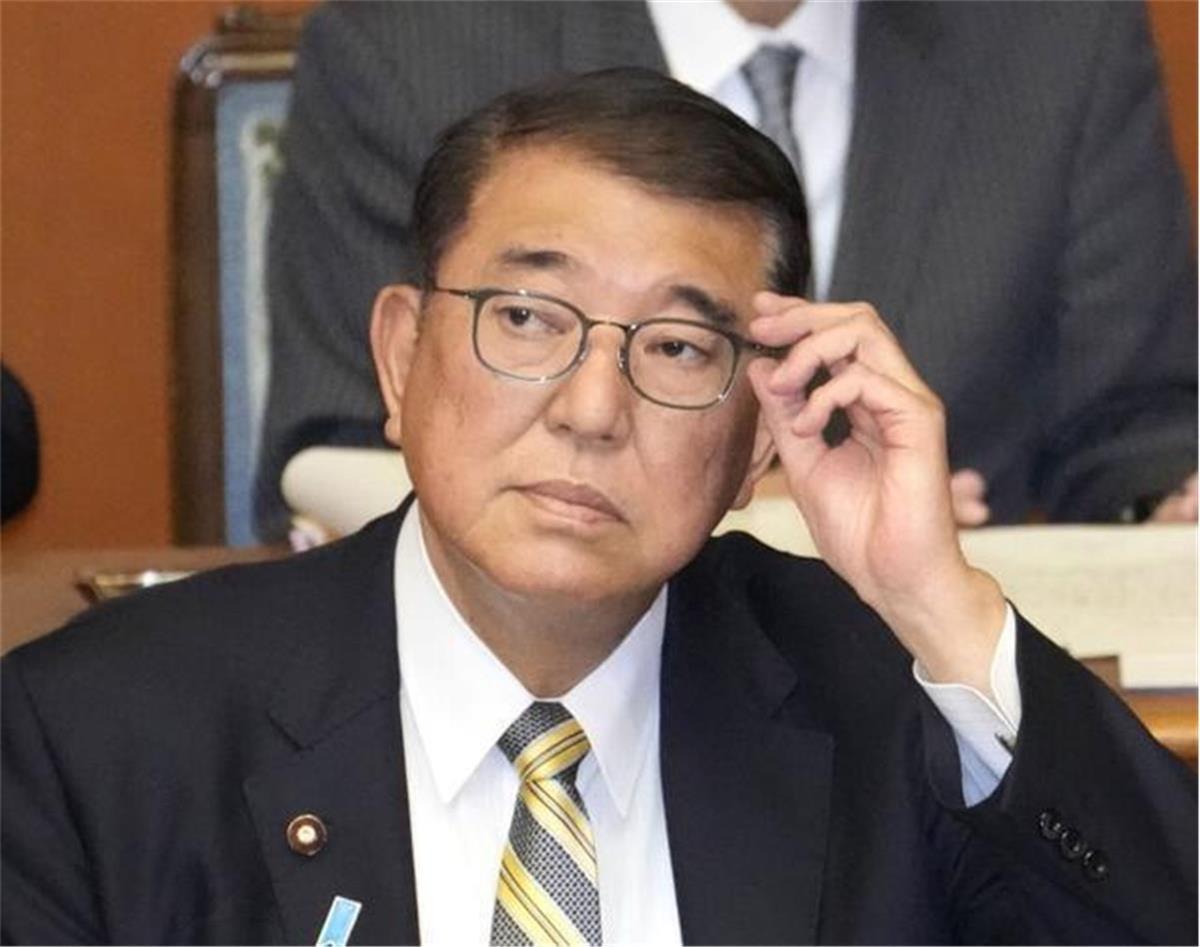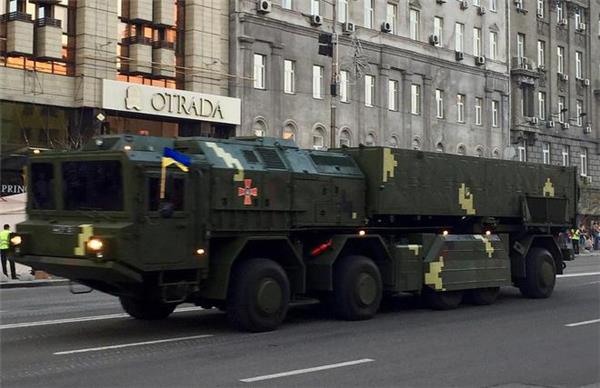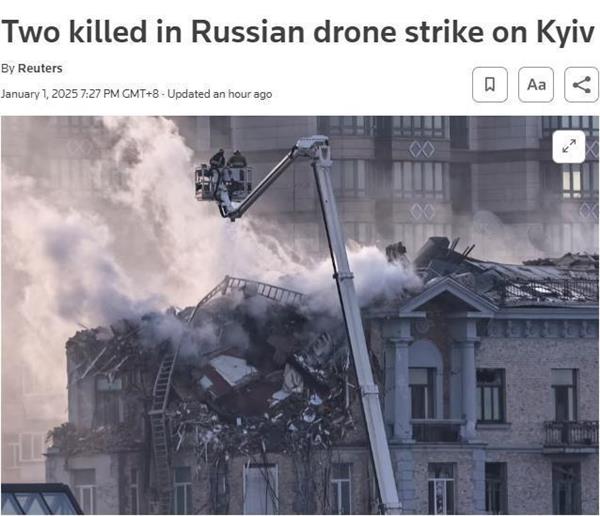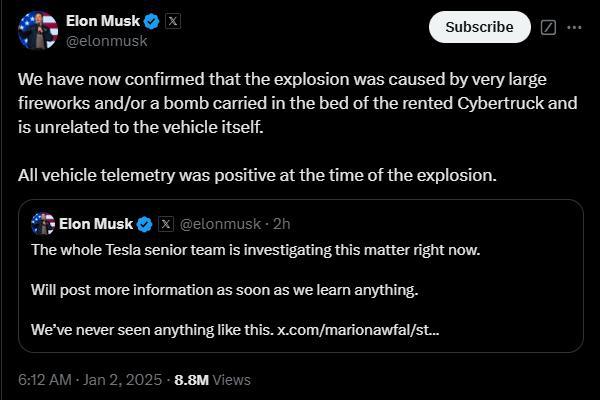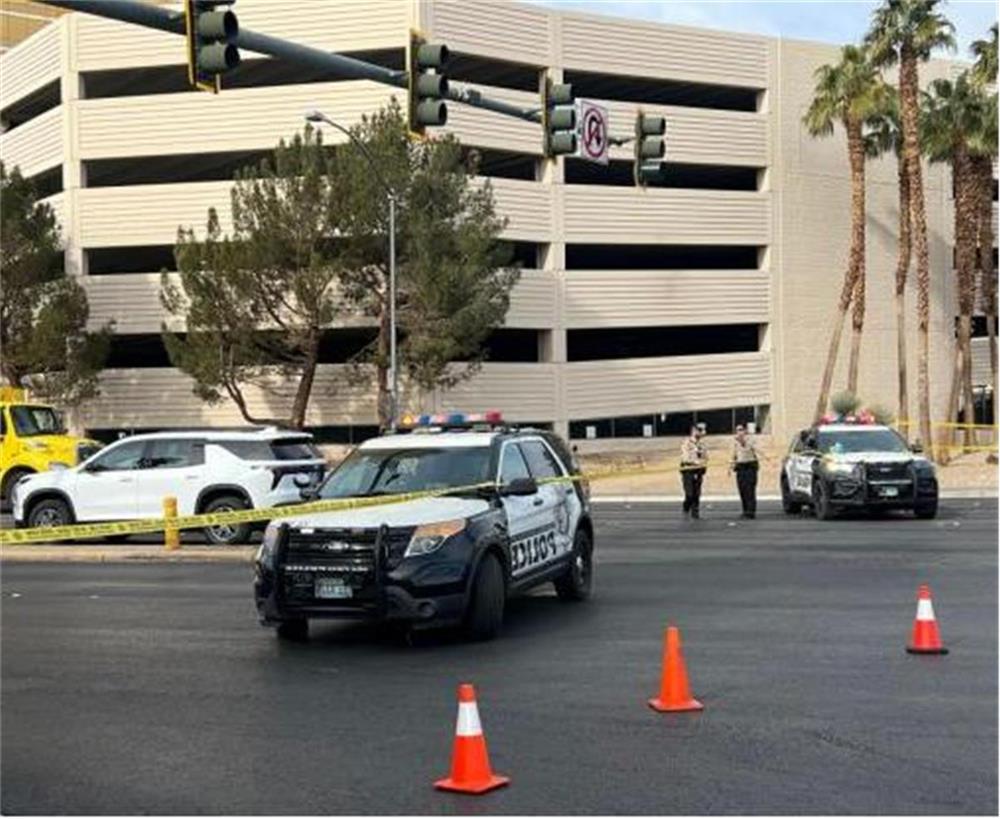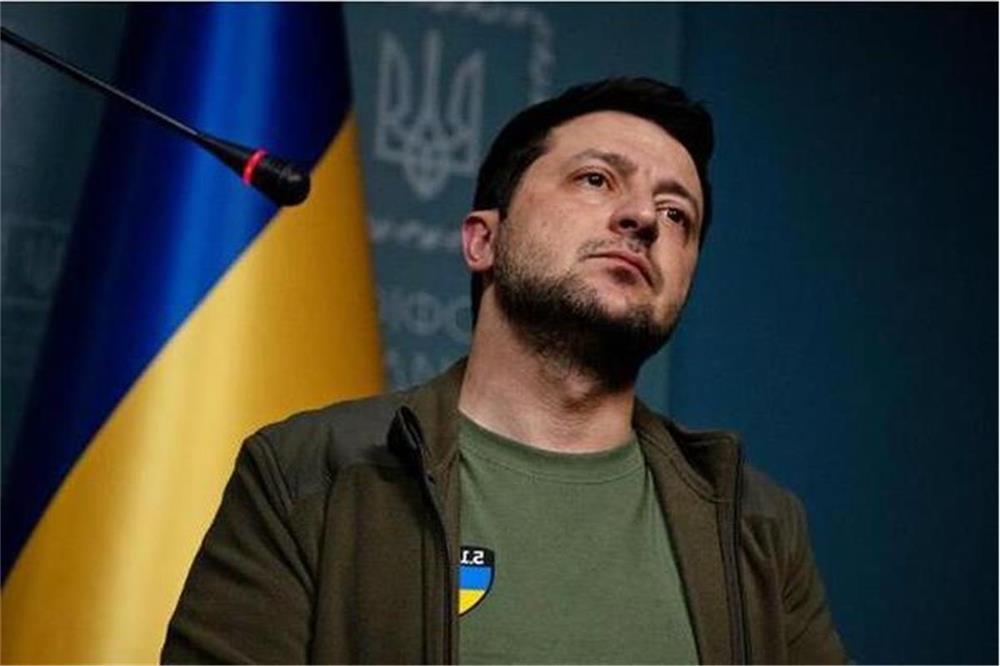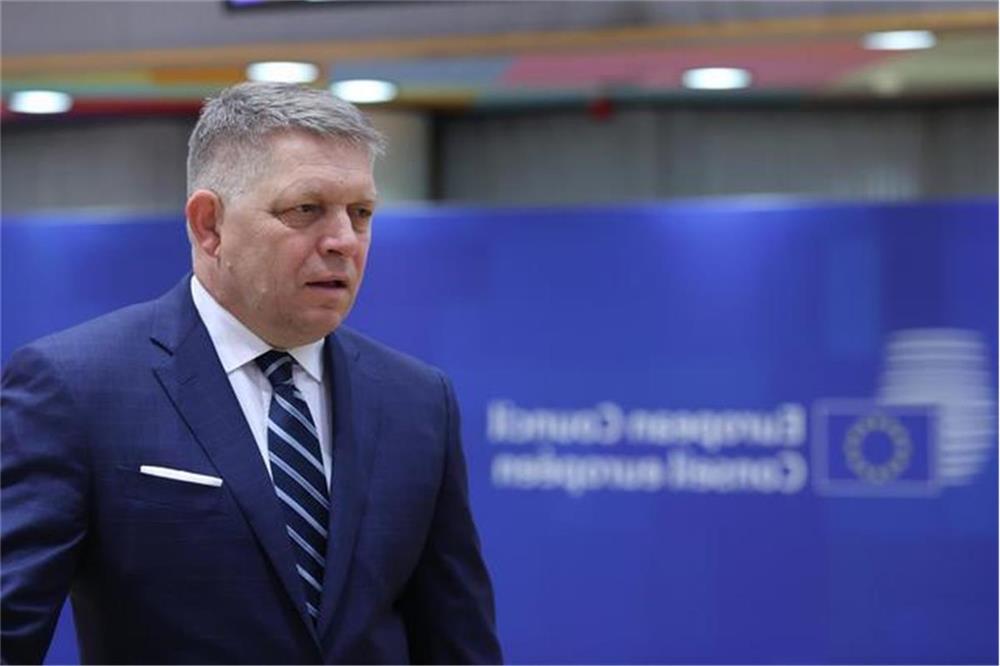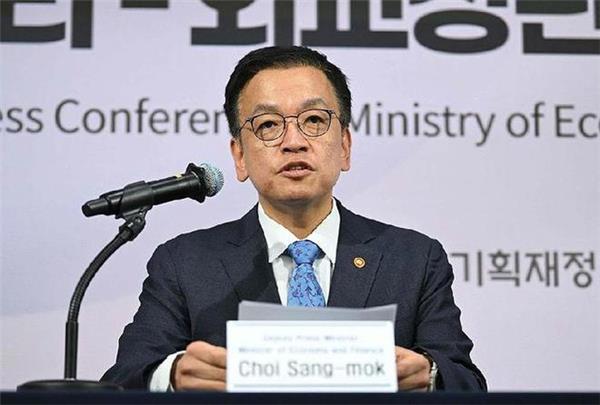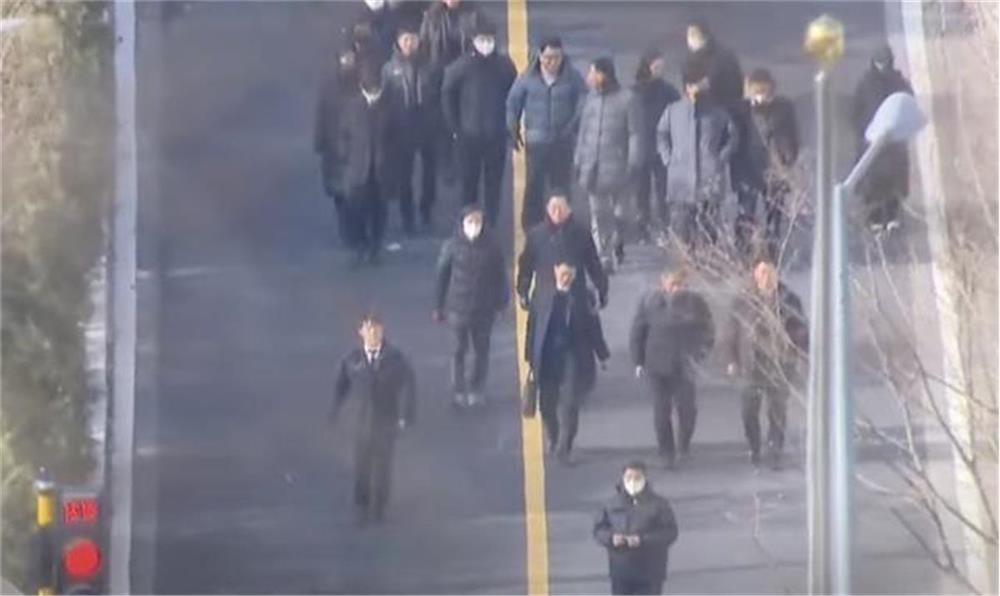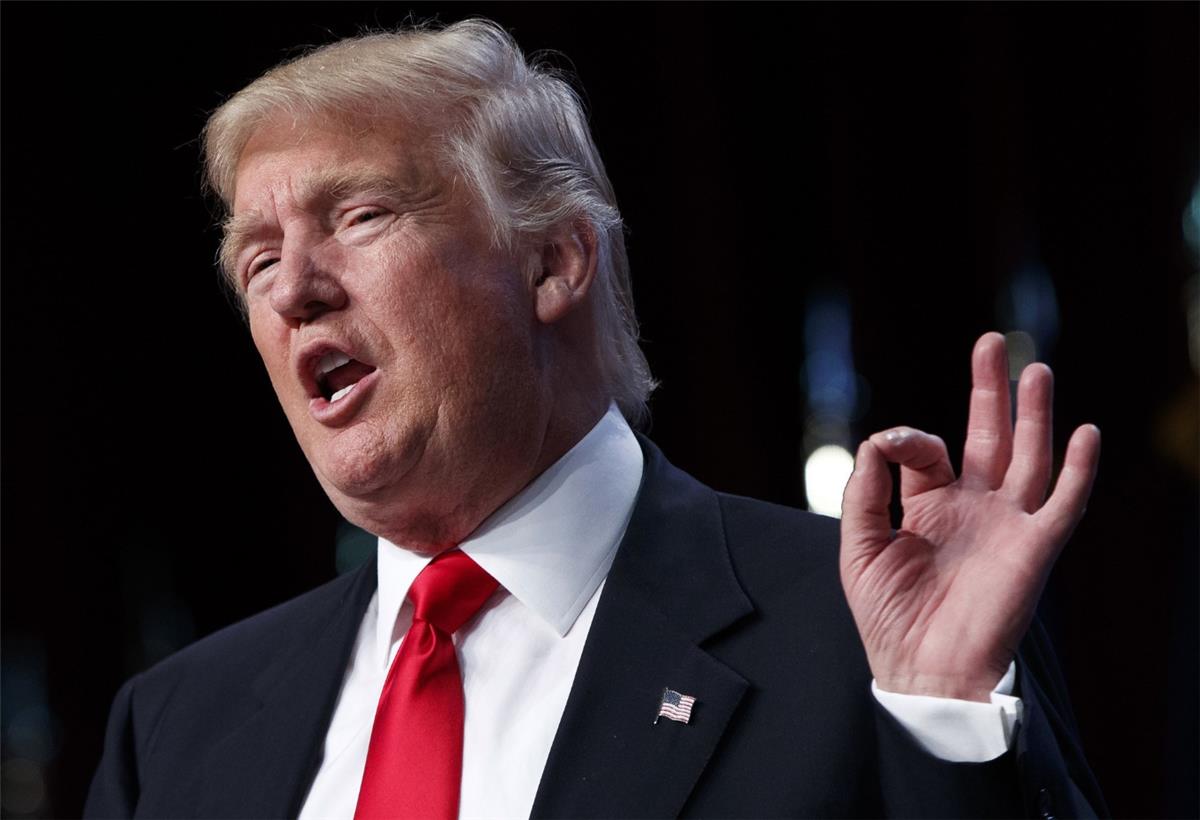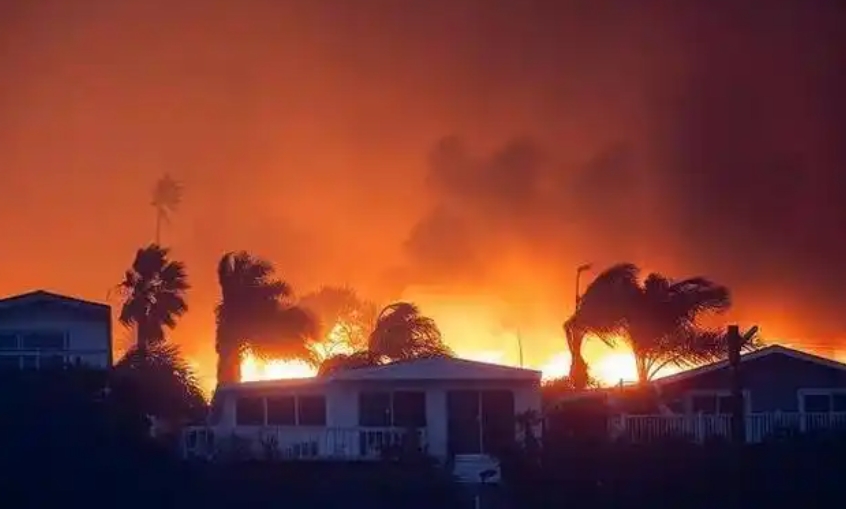Secret Russian documents leaked this week reveal that the country's military made a list of targets it would strike in a war with Japan and South Korea, including nuclear power plants and other civilian infrastructure.
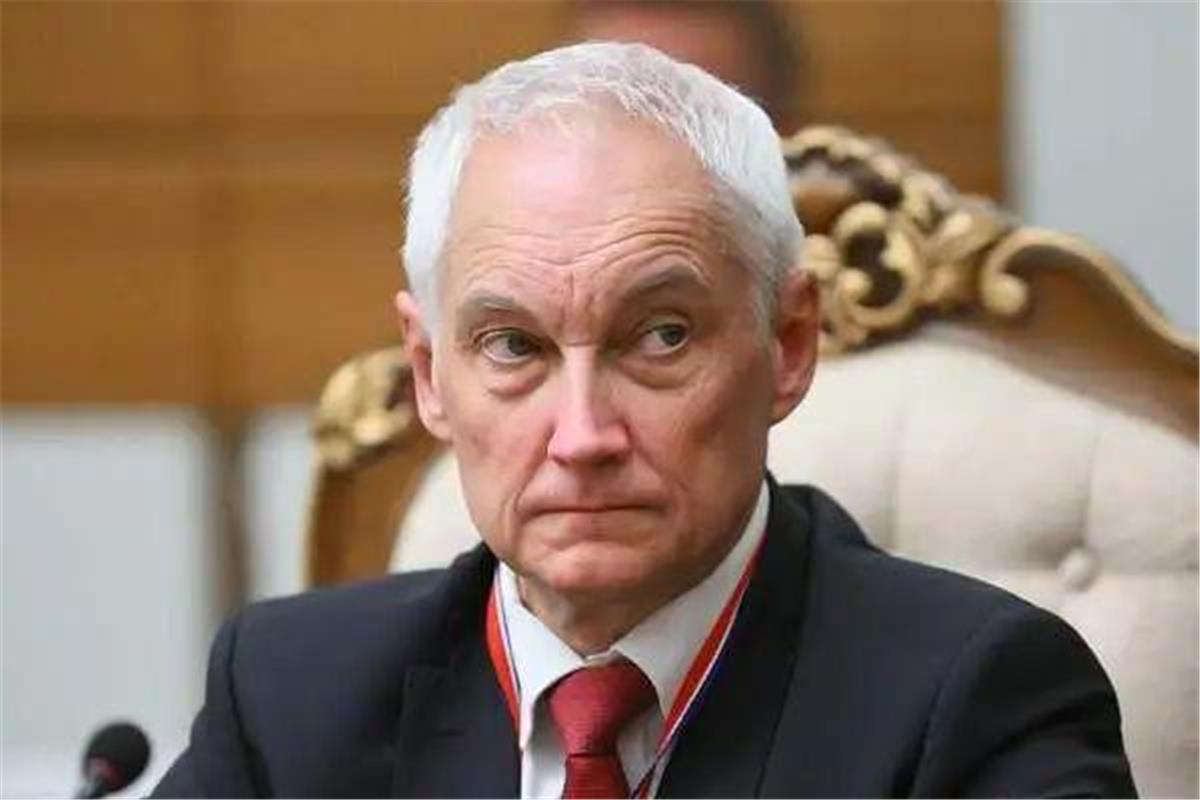
According to a review of the leaked documents by media outlets, Russia's strike plan for Japan and South Korea included 160 locations, including roads, bridges, and factories, with the goal of preventing enemy forces from reassembling for combat operations.
The files were among 29 Russian military documents that had been marked secret and primarily concerned training officers to deal with a conflict near Russia's eastern border from 2008 to 2014. However, they are still considered relevant to Russian strategy today.
Russian military planners feared that in a war against NATO, the country's eastern border would be exposed to attack by the United States and its local allies.
The US has military bases in both Japan and South Korea. According to the US Department of Defense, the US force strength in South Korea has been at 28,500 since 2006. And the US force strength in Japan stands at about 55,000, with 130 US facilities.
According to William Alberque, a former NATO arms control official who currently works at the Stimson Center, the documents give an idea of how Russia views Western Asian allies' threat. The Kremlin is concerned that these countries could pin down or facilitate a US-led attack on Russia's military equipment in the region, such as missile brigades.
"If Russia suddenly decided to attack Estonia, they would also have to attack US forces and support forces in Japan and South Korea," Alberque said.
The first 82 targets on Russia's list were military, including the central and regional command headquarters of the Japanese and South Korean armed forces, radar facilities, air bases, and naval facilities.
The rest were civilian infrastructure, such as road and rail tunnels in Japan, including the Seto Bridge linking Honshu Island and Kyushu Island. Energy infrastructure was also a target: the list included 13 power plants such as those at东海核电站, as well as fuel refineries.
In South Korea, the main civilian targets were bridges. The list also included industrial facilities, such as the South Korean steel mill POSCO and numerous chemical plants in Busan.
Putin has dismissed the West's portrayal of the Russian military threat
Since Russia invaded Ukraine in February 2022, relations between Russia and the West have deteriorated rapidly, and the likelihood of a direct conflict between Russia and NATO has increased.
US President Joe Biden previously said that if Russia were to prevail in Ukraine, it would not stop there and could attack NATO countries.
Russian President Vladimir Putin has dismissed Biden's statement as "completely absurd." He said that Russia has no reason and no interest in fighting with NATO countries.
Russian defense minister: We are preparing for a possible conflict with NATO in the next 10 years
On December 16 local time, an expanded meeting of the Russian defense ministry's board of directors was held, with Russian President Vladimir Putin giving a speech.
Putin said that this year, the Russian army had taken control of 189 settlements and gained strategic initiative along the entire line of contact. He noted that the number of US troops in Europe has exceeded 100,000. The global military-political situation is complex and unstable. Western countries have not abandoned their attempts to impose their will on the world, and are pushing Russia to its limits, to which it must respond.
Putin said that Western countries are pushing Russia to its limits, to which it must respond
Putin also said that the batch production of "Hazel" missiles must be launched in the near future, and that this goal "will undoubtedly be achieved." He also revealed that modern weapons were already in 95% of Russia's strategic nuclear forces. At the same time, Putin ordered the Russian army's non-strategic nuclear forces to continue their exercises and maintain combat readiness.
Russian defense minister: We are preparing for a possible conflict with NATO in the next 10 years
It was reported that at the meeting, Russian Defense Minister Andrei Kartapolov said that the Russian defense ministry's goal is to ensure full readiness for various medium-term scenarios, including a military conflict with NATO in Europe in the next decade.
Speaking of a possible confrontation with NATO, Kartapolov said that "the decisions taken at the NATO summit in July this year have shown this, as well as reflected in the doctrinal documents of the United States and other NATO countries." He also mentioned that the US announced the deployment of intermediate-range missiles in Germany in 2026, and that the US may soon have hypersonic missiles that could reach Moscow in eight minutes.
Putin said that if the US starts deploying intermediate-range missiles, Russia will also give up restrictions in this area.
Kartapolov went on to say that the Russian strategic missile forces are ensuring the ability to arm mobile missile systems, and said: "Armed with mobile missile systems, troops, with their high mobility and survivability, will be a means for retaliatory strikes, causing devastating damage to the enemy, especially against the background of the deployment of US missile defense systems."
Kartapolov said at the meeting that the Russian defense ministry's goal is to ensure full readiness for various medium-term scenarios
High-ranking Russian officials confirm the development of a new intercontinental ballistic missile
The commander of Russia's Strategic Missile Forces, Sergei Karakayev, announced locally on the 16th that Russia is developing a new intercontinental ballistic missile system called "Osina" for the first time. He stressed that "there is no place that our missiles cannot reach in terms of range."
He also said that if Russia believes its security is threatened, it will respond. As part of testing new systems, Russia will conduct test launches at maximum range. If external threats increase, Russia may increase the intensity of tests on advanced missile weapons.
Karakayev then said that in the new weapons and equipment development plan, Russia will consider multiple options for the development of strategic offensive weapons. He also mentioned that since the New START treaty between the US and Russia will expire in 2026, Russia will have to consider that the US will also have a similar move.
The New START treaty was signed by Russia and the US in 2010 and entered into force on February 5, 2011. The treaty is valid for five years and can be extended for five years. On February 3, 2021, Russia and the US exchanged diplomatic notes, completing the relevant internal procedures for the protocol to extend the New START treaty. The treaty's validity was extended for another five years until February 5, 2026. After the demise of the Russian-US Intermediate-Range Nuclear Forces Treaty in 2019, the New START treaty became the only treaty between the two countries.
Karakayev said Russia would not rule out an increase in the number of deployed missile warheads after the agreement expires. But he added that there is still a pre-notification mechanism for intercontinental ballistic missiles and submarine-launched ballistic missiles between Russia and the US.
Ukraine reveals laser weapon for the first time: Capable of shooting down targets flying at an altitude of over 2 kilometers
Local time on the 16th, Ukraine announced that it has an advanced laser weapon capable of shooting down aerial drones and other targets.
Vadim Sukharyovskiy, commander of the Ukrainian unmanned systems forces, said that Ukraine has officially become one of the countries in the world that possess laser weapons, "Today, we can already shoot down aerial vehicles flying at an altitude of over two kilometers with this laser."
He revealed that the name of this laser weapon is related to the pattern on the Ukrainian national emblem, implying that Ukraine may have developed the weapon itself. However, according to media reports, it is still unclear whether Ukraine actually possesses the laser weapon.
In April of this year, the then-British defense secretary, Shapps, said that the laser weapon "Dragon Fire" developed by the United Kingdom may be sent to Ukraine to help shoot down Russian drones.
At present, many countries are developing laser weapons, which use the technology of concentrating high-power energy on targets to destroy them. This technology may seem "sci-fi," but in actual combat, it has the superiority of high precision, low cost, and high efficiency. Among them, the British-developed "Dragon Fire" is claimed to be able to hit a coin-sized target at a distance of one kilometer.
 Famous Persons
Famous Persons English
English
 Jerry
Jerry Facebook
Facebook Twitter
Twitter Pinterest
Pinterest Linkin
Linkin Email
Email Copy Link
Copy Link
